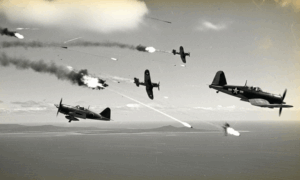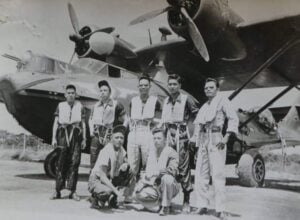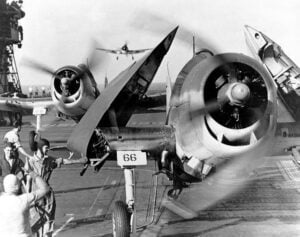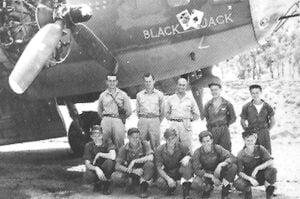The Little Plane Nicknamed American Toy By Japanese Pilots That Scored an Incredible 20-to-1 Kill Ratio
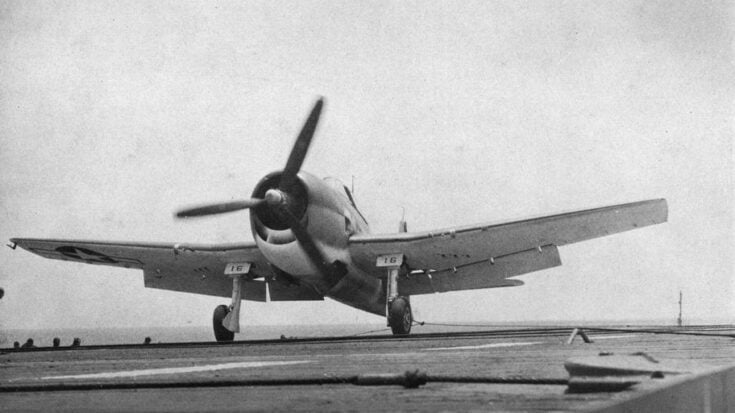
U.S. Navy, Public domain, via Wikimedia Commons
In the Pacific air war, aircraft design revealed how different nations understood survival, power, and the demands of long campaigns. When American industry introduced the F6F Hellcat, many Japanese pilots first saw it as a crude and heavy machine with none of the grace they valued. Yet this same aircraft, dismissed at first sight, soon reshaped the balance of air combat through durability, simple construction, and a method of fighting that favored strength over style. What follows traces how an underestimated machine became one of the most effective fighters of its era.
First Impressions and Misread Strengths
In 1943, Japanese pilots studied intelligence reports and photographs of the new American fighter. The thick wings, large engine, and heavy frame seemed almost humorous to men who prized light handling and long range. To them, the Hellcat looked overweight and lacking the aerodynamic care seen in their own aircraft. Many believed such a machine would not threaten their established control of the region’s skies.
These early opinions came from comparing it to aircraft built around different goals. Japanese fighters emphasized turn performance and range, supported by pilots trained to use these features with great skill. The idea that a heavier American machine could outperform them seemed unlikely. In their view, such weight reduced precision, and simplicity meant a lack of refinement.
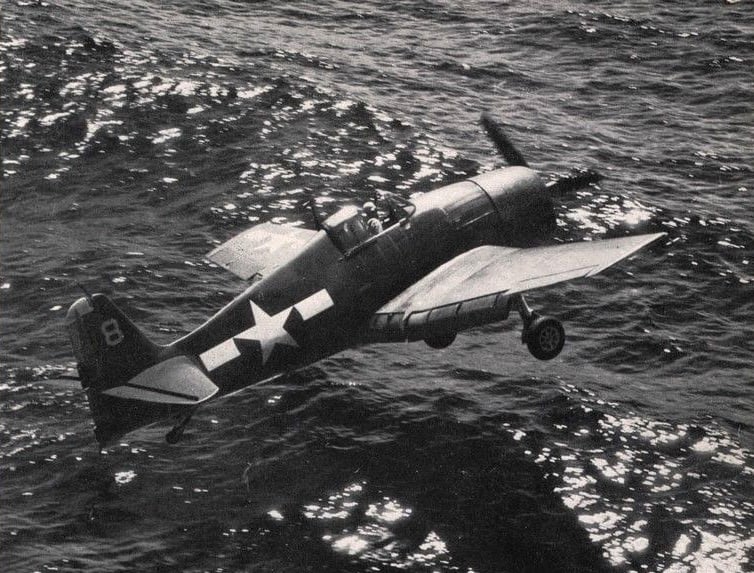
A Design Built for Survival
American engineers studied a captured Japanese fighter in mid-1942 and noted both its strengths and its serious weaknesses. Its ability to turn sharply and climb well impressed them, but the lack of armor, fragile structure, and unprotected fuel system showed how easily it could fall to even minor damage. These features worked against Japanese pilots once the Allies adapted to them.
The Hellcat was created to address these weaknesses directly. Its structure relied on strong internal framing, and its pilot sat behind layers of armor that could stop cannon fire. Self-sealing fuel tanks reduced the risk of fire, and the entire machine could absorb punishment that would destroy lighter aircraft. This meant an American pilot could engage, take hits, and still return home.
Power, Tactics, and a New Way of Fighting
The large engine that seemed excessive to Japanese observers became central to the Hellcat’s success. Rather than fight through tight turns, American pilots were trained to use altitude, speed, and quick strikes. They climbed above opponents, dove through them, fired, and then rose again before lighter fighters could follow. This method turned battles into contests of energy rather than skillful turning.
These tactics first showed their strength in late 1943. Japanese pilots attempted to force turning fights but found their opponents climbing beyond reach. Combat became a controlled process in which the Hellcat dictated when to attack and when to escape. The lighter fighters struggled to respond, and losses mounted quickly.

The Shift in the Air War
By 1944, many Japanese pilots approached fights with the knowledge that their aircraft could not match the power or protection of the Hellcat. The major battle in the Marianas revealed this change on a large scale. Radar direction, organized formations, and altitude control allowed Hellcats to intercept attackers before they reached American ships, and Japanese losses were severe.
Across the war, the Hellcat destroyed thousands of enemy aircraft while losing relatively few in air combat. Its success came from strength rather than delicacy and from tactics that used its power fully. What had been mocked as an American toy became a machine that shaped the final years of the conflict through simple construction, strong protection, and an ability to give ordinary pilots the means to win.













